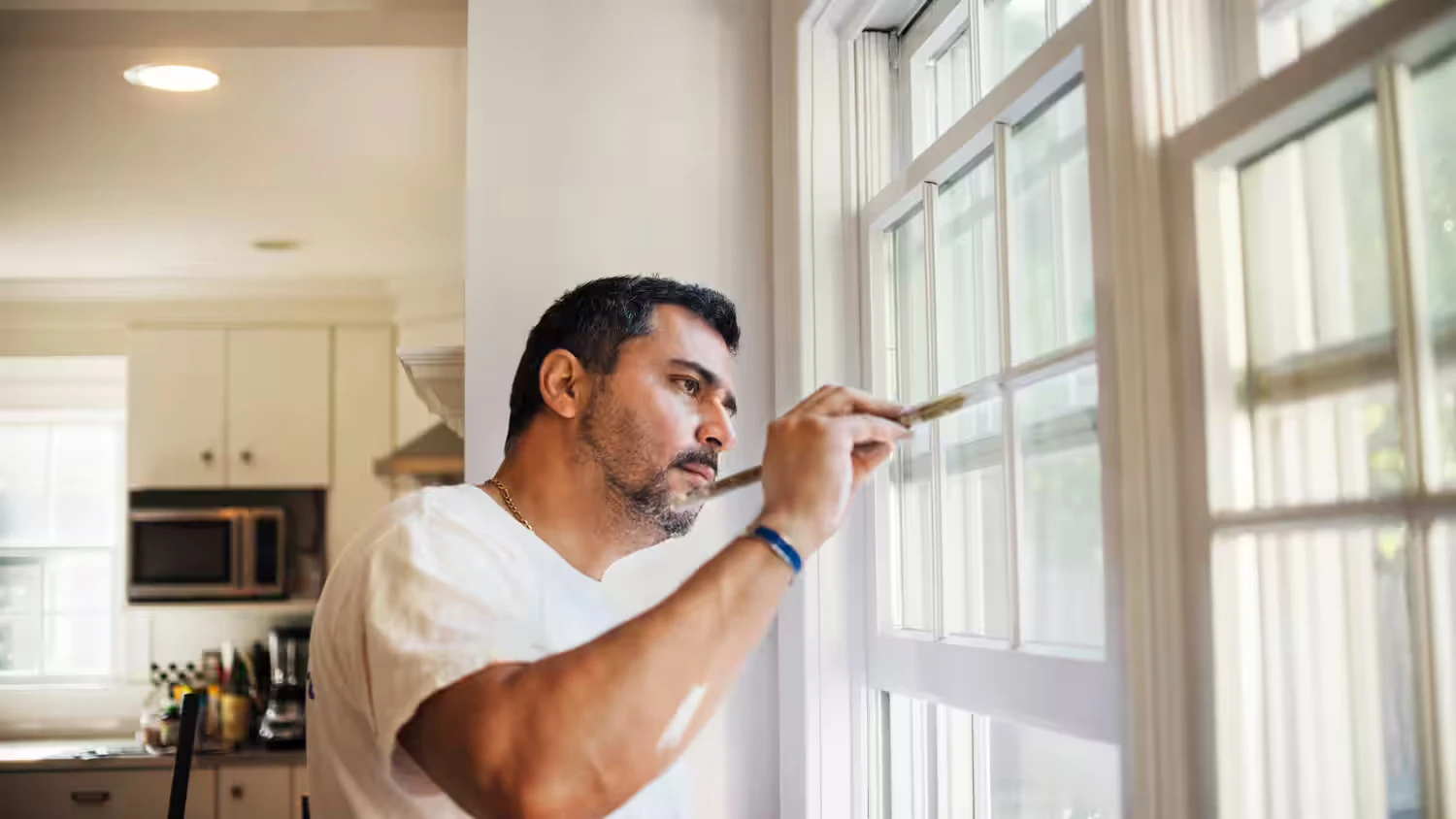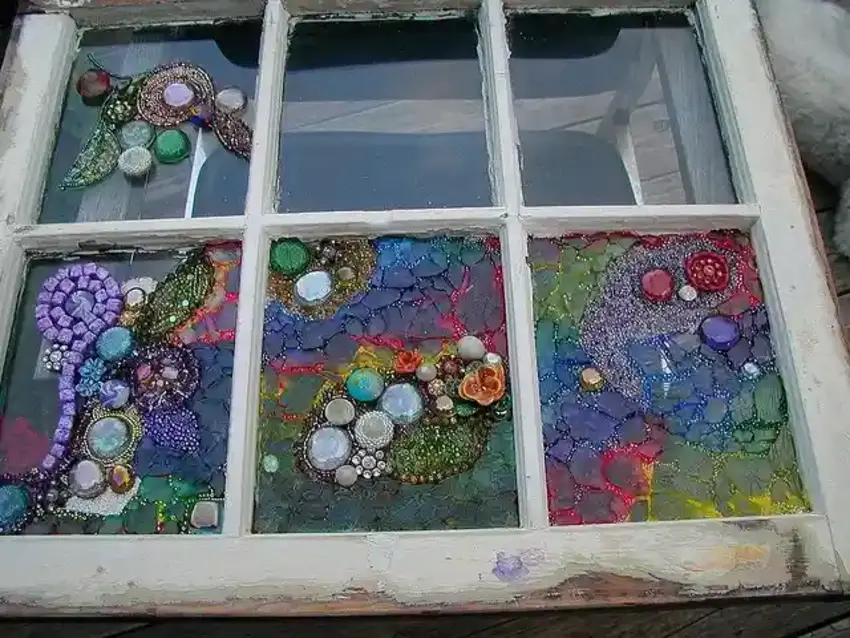Knowing your options can make all the difference when dealing with a cracked window. It’s essential to prioritize safety and efficiency when addressing the issue. Temporary solutions offer quick fixes but might not provide long-term peace of mind. Permanent repairs ensure durability but may require more investment upfront. Evaluating costs is crucial for making informed decisions. Weighing DIY approaches against professional services will help you determine what aligns best with your skills and budget. Regularly checking windows can prevent future cracks, saving you time and money. By taking proactive measures, you create a safer environment in your home while enhancing its aesthetic appeal. Choosing the right approach depends on individual circumstances, needs, and preferences. Whatever path you take, addressing that crack promptly ensures your living space remains secure and comfortable for years to come.
Understanding the Importance of Fixing a Cracked Window

A cracked window might seem minor but can lead to significant consequences. For starters, any crack compromises the structural integrity of your window. Over time, even small fissures can expand and create more critical problems. Cracks allow air to escape or enter your home, so your heating and cooling systems must work harder. This could drive up utility bills faster than you think. Security is another concern. A compromised window is an easy target for intruders looking for an opportunity. Moisture can seep through cracks, leading to mold growth and water damage inside your home. Addressing a cracked window promptly protects not just the glass itself but also the overall health of your living space.
Temporary Solutions for Covering a Cracked Window
When faced with a cracked window, quick fixes can save the day. One standard method is to apply clear plastic tape or adhesive film over the crack. This not only helps stabilize the glass but also prevents drafts. Another option is using cardboard or heavy-duty plastic sheets. Cut them to size and secure them with duct tape. While this won’t restore visibility, it offers protection from weather elements. For those seeking a bit of style, consider fabric curtains or decorative fabric panels secured over the window. They provide privacy while concealing imperfections. If aesthetics matter less than functionality, sheer plastic sheeting creates an effective barrier against wind and moisture without being overly noticeable.
Permanent Solutions for Fixing a Cracked Window

Replacing the entire pane is often the most effective permanent solution for a cracked window. This ensures that you restore both function and aesthetics. The new glass will fit snugly in the frame, providing better insulation and security. If you’re dealing with more minor cracks, epoxy resin can be a game-changer. This clear adhesive seeps into fractures and hardens, effectively bonding the glass back together while remaining nearly invisible. Sometimes, if your windows are older or damaged beyond repair, consider upgrading to double-glazed units. They offer superior energy efficiency and reduce outside noise significantly. Remember that professional installation may be necessary for more complex repairs to ensure safety and longevity. Always weigh your options carefully; investing in quality fixes now can save money on future repairs.
Cost Comparison of Temporary and Permanent Fixes
Cost is often a significant consideration when addressing a cracked window ratio. Temporary fixes like clear tape or plastic sheeting can be quite budget-friendly, usually costing just a few dollars. These options provide immediate relief but won’t last long. Permanent solutions, such as replacing the glass, can be more expensive. Depending on the size and type of window, costs can range from $100 to several hundred dollars. There’s also labor to factor in if you hire a professional for installation. This adds another layer of expense that might not be present with temporary methods, which are often DIY-friendly. While initial costs may seem daunting for permanent fixes, consider their longevity and effectiveness against weather elements. The right choice hinges on your budget and how urgently you need a lasting solution versus a quick fix.
Tips for Choosing the Right Solution for Your Cracked Window

Assess the severity of the crack first. A minor hairline fracture may only need a temporary fix, while larger cracks signal the need for replacement. Temporary solutions such as transparent tape or plastic sheeting can be cost-effective in emergencies. Investing in a long-term solution may save money and hassle down the line. If you’re concerned about curb appeal, choose options that blend well with your home’s design. Check local regulations if you’re renting or live in a community with guidelines; some places require professional repairs. Cracked windows can lead to drafts and higher energy bills. Solutions that improve insulation should be prioritized for comfort and savings over time.
DIY vs Professional Services: Which is Better?
Choosing between DIY and professional services can take time and effort when repairing a cracked window. DIY solutions often appeal due to their cost-effectiveness. Simple materials like clear tape or plastic sheeting can provide temporary relief without breaking the bank. Tackling repairs on your own may only sometimes yield satisfying results. If you lack experience, you risk creating further damage or compromising energy efficiency. On the flip side, hiring professionals guarantee expertise and quality artistry. They have access to advanced tools and materials that an average homeowner might need to possess—your skill level and comfort with home repair tasks when making this decision. Weighing time against cost is crucial, too; sometimes convenience trumps saving a few bucks!
Maintaining Your Windows to Avoid Future Cracks
Maintaining your windows is essential for prolonging their life and preventing cracks. Regular inspections can help catch any early signs of wear or damage. Look out for chips, scratches, or any unusual stress points. Cleaning the frames and glass helps to remove debris that might cause deterioration over time. Use a gentle cleaner and avoid harsh chemicals that can weaken materials—weatherproofing your windows. Proper sealing enhances energy efficiency and protects against moisture build-up that could lead to cracking. If you notice drafts, it may be time to replace older seals or caulk gaps around the window frame. This simple maintenance step goes a long way in safeguarding your investment. Keep an eye on extreme temperature changes inside and outside your home. Sudden shifts can pressure glass panes, making them more prone to fractures.




